Opening a single malt whisky distillery is a daunting prospect in any country. Opening one in the 21st Century in the heart of Scotland, in venerable Speyside, arguably the most famous and crowded whisky-producing region in the world, is akin to taking up mountain climbing by taking on Mount Everest. This is the prologue for Ballindalloch Distillery, a newish venture of the MacPherson-Grant family who also call Ballindalloch Castle home.
Situated across the River Avon from the aforementioned castle along the A95 and a short ramble from both Cragganmore distillery and Glenfarclas distillery, Ballindalloch distillery couldn’t rightly find a better place to begin their climb. Soft water flows out of the hills behind the distillery through MachPherson-Grant pastures housing the oldest continuous herd of Angus cattle in the world and into the distilleries pipeworks.
It’s a gorgeous, tiny, and tidy distillery, surely the centerfold in Forsythe’s marketing brochure (if such a thing exists).
The entire outfit is a Forsythe’s turn-key project, Brian Robinson, distillery host and my guide, tells me as we companionably chat before we explore the distillery. To open a distillery in crowded Speyside you must have a niche. How does one stand out in a world of future-forward giants like Macallan, Glenlivet, and Glenfiddich? According to the minds behind Ballindalloch distillery, you go small and you embrace the past.
When Ballindalloch distillery was founded in 2014, they made a number of very important decisions. First, the distillery would be fully manually operated — no automation, no fancy computer systems, just good old fashioned know-how and sensory navigation. Second, they would not produce anything but single malt whisky. Whisky is what they know and whisky was what they’d make. We can all agree it’s a luxury to live in a world where a start-up distillery doesn’t have to make gin or vodka to stay afloat, but then Ballindalloch distillery is also a Forsythe’s turn-key project and, a third very important choice, a team that has vowed not to bottle a drop of spirit for at least 8-10 years.
Brian was quite adamant that no matter how good a three year-old single malt might be, it was still only three years old. I understand where he’s coming from — time (maturation) really does matter for removing unwelcome flavors and compounds especially when you’re only using full-size casks, as Ballindalloch is — but much of that stance is marketing and one of several strong opinions proffered by Brian on the approach Ballindalloch has taken. I appreciate a business with a strong vision as much as the next woman, but I’ve tasted three year-old drams that countless 10 year-old single malts couldn’t share my stomach with.
Ballindalloch distillery proper is composed of a series of long, rectangular buildings arranged in a square that date back to the 1830s. The buildings were converted and outfitted beginning in 2011, and the first distillation happened on September 22, 2014 (my wedding anniversary!). While Brian provides an impeccable “front of house” experience for visitors, Colin, Davey, and Ian are the team who produce the spirit on Ballindalloch distillery’s gorgeous equipment.
Production is deliberately limited. By its very nature Ballindalloch’s single malt will be scarce when it enters the market sometime after 2022. The one-ton mash tun operates once a day, five days a week. The distillery uses only 300 tons of barley each year, Concerto barley that, magnificently, is entirely grown on the MacPherson-Grant estate. Their cattle eat the draff. Everything a 19th Century Scottish distillery did is done at Ballindalloch distillery with one exception — they don’t malt their own barley.
Brian crisply rattles off the details of Ballindalloch distillery’s process as we wander through the mezzanine past the mash tun, hot liquor tanks, and pretty wooden washbacks. Fermentations here start with clear wort and dried yeast and are ridiculously long, ranging from 92-140 hours, another luxury yielded by not having to turn over the washbacks for more, more, more fermentations. Such long fermentations also hint at Ballindalloch’s preferred newmake style: Traditional Speyside, fruity, complex, and sweet.
Fermentation, in Brian’s eyes, is where the glory of making whisky ought to refocus. It’s this stage of the process where flavors are created and developed. Ballindalloch’s fermentation yields an 8% ABV wash (beer) that moves along to the 5000L wash still for a 6-6.5 hour distillation. Spirit runs happen in the smaller 3600L spirit still and take 5-5.5 hours. The heart cut, where Ballindalloch finds the key spirit it will age in barrels, takes a whopping three hours and runs in the range of 73-62% ABV. Such a slow heart cut sweats the spirit, maximizing copper contact, to yield an incredibly fine and smooth newmake.
We wend our way into Ballindalloch’s small warehouse and spy the first cask ever laid down. I see Heaven Hill barrels amidst largely ex-Bourbon casks. I won’t see many Sherry butts here, Brian tells me. They have no need of Sherry butts since they don’t need to mask the quality of their newmake. I’ll be honest: I’ve never heard this take on Sherry aging before and it nearly stopped me dead in my tracks.
I like Sherry-aged whiskies. Does that mean I like consuming inferior spirit? Of course the answer is no, but that statement, what feels like it’s dripping with behind-the-curtain knowledge of the whisky industry, went down like a bitter pill. There are strong feelings in Speyside and everywhere in Scotland about the “right” way to age whisky, and Brian, who was recruited from Glenfiddich, is a prime example.
There is no visitor centre at Ballindalloch distillery, no gift shop hung with logos and branded merchandise. Instead, there’s a beautifully appointed room, almost a chamber transported from Ballindalloch Castle, where Brian and his charges wind down the tour and converse about the spirit of Ballindalloch.
It’s clear who Ballindalloch distillery is targeting: Fans of whisky, not necessarily Scotland, who appreciate craft, history, a forthright no nonsense, no gimmicks attitude, and the feeling of the velvet rope being lifted. Visits are by appointment only and usually last 2.5 hours. Maybe a dozen people can visit at once. Maybe.
The cynical might see the purposeful eschewing of a standard shop as the privilege of the monied, and that may well be a privilege indeed, but you would be hard-pressed to feel that in a negative way upon a visit to Ballindalloch distillery. The MacPherson-Grants are using their status to create a powerful, strategic, and brilliant enterprise that whisky aficionados ought to applaud. The romance is real. The tradition lives on.
Typical tour-goers are allowed tastes of some very old single-cask Cragganmores from the MacPherson-Grant private collection. While I did not taste those drams, I was allowed a dram of Ballindalloch’s newmake spirit. The nose was all juicy, citrus fruit, pear juice, green grapes, and an almost cider-esque quality. On the palate it was fruit forward with the same green fruit before the barley rose to prominence. The flavors were smooth with great viscosity and very clean before a breathy finish of caramelized barley sugar and toffee. All at 68.3% ABV. Truly, this was among the finest newmakes I’ve tasted.
Brian says they never want to cut corners or become style over substance. As the vapors of the newmake dissipate I can’t help but think that’s a brilliant mindset for the climb. I can’t wait to see Ballindalloch distillery peaking.
Disclosure: Ballindalloch distillery provided me with a complimentary visit. All thoughts and opinions expressed here, as always, are my own.

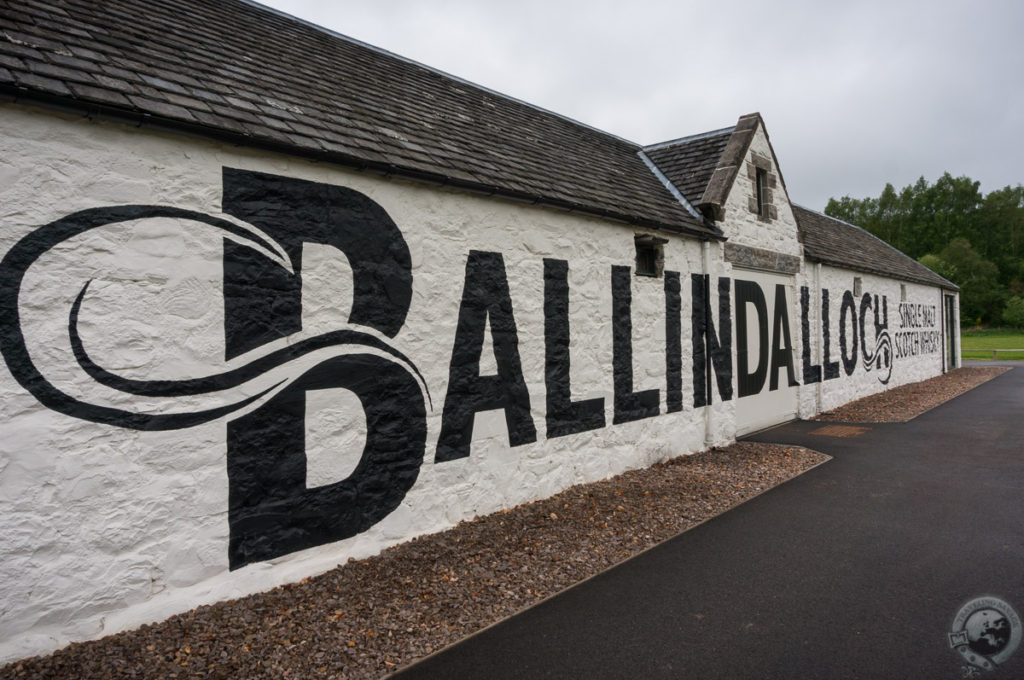
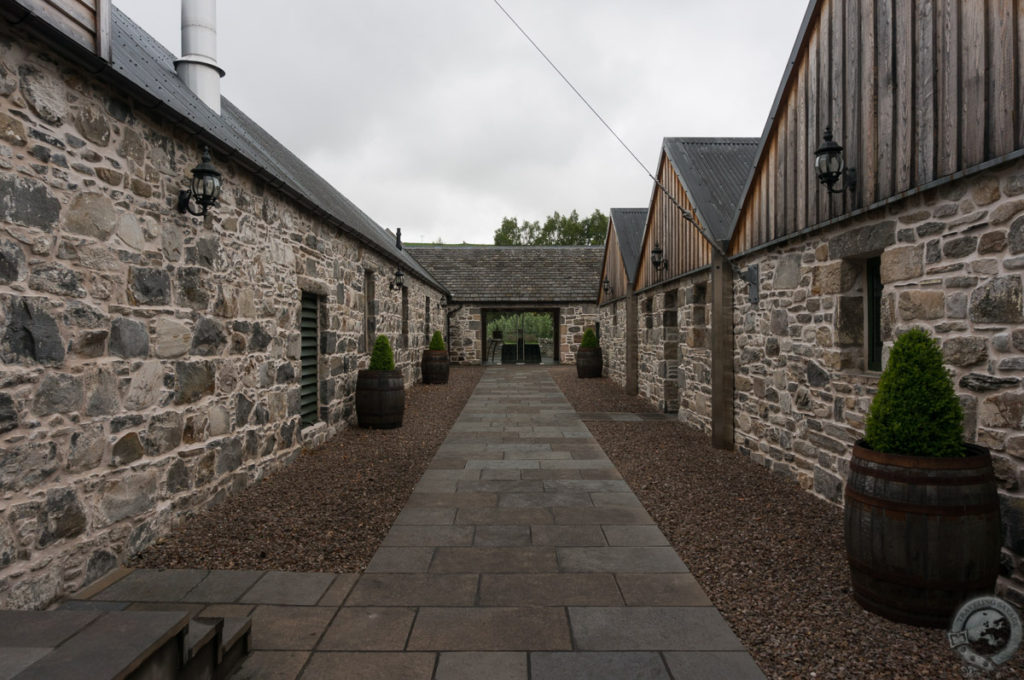
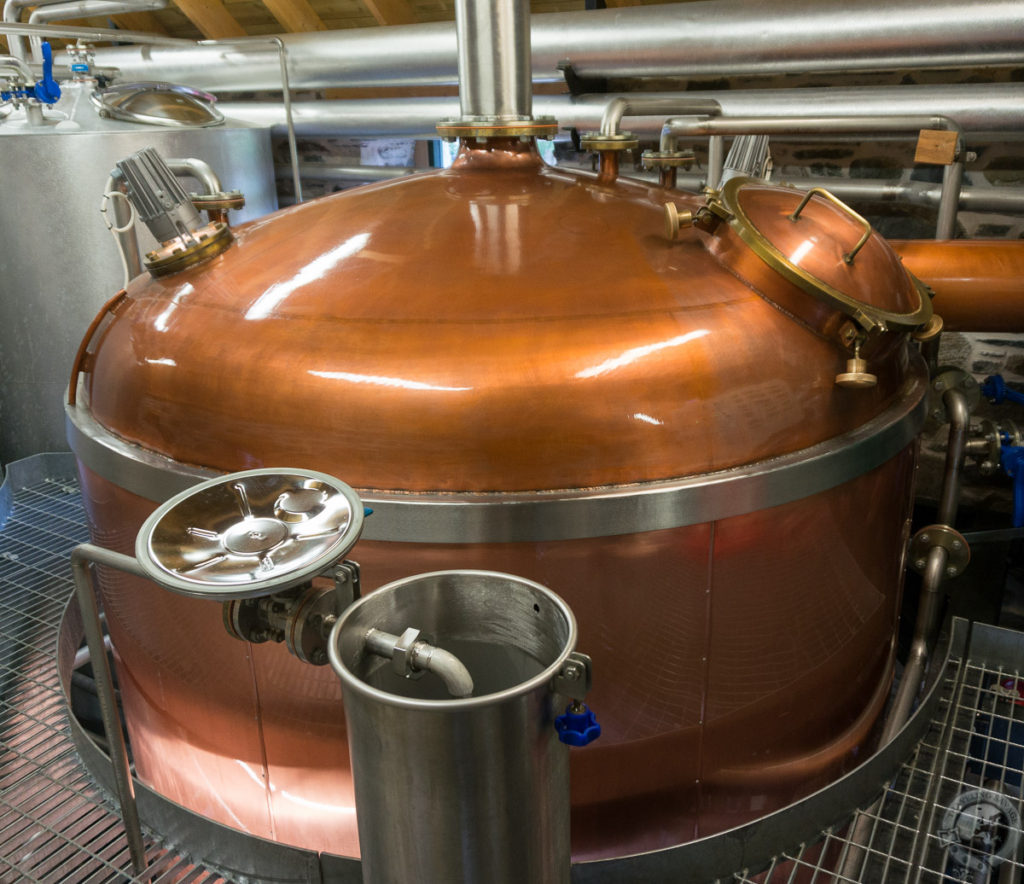
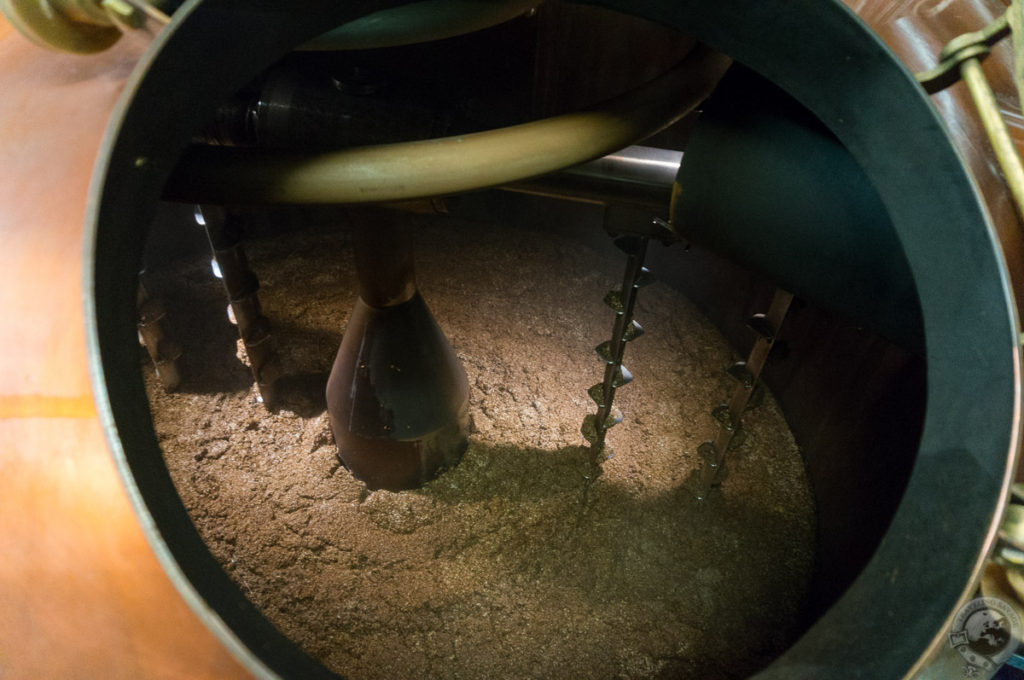
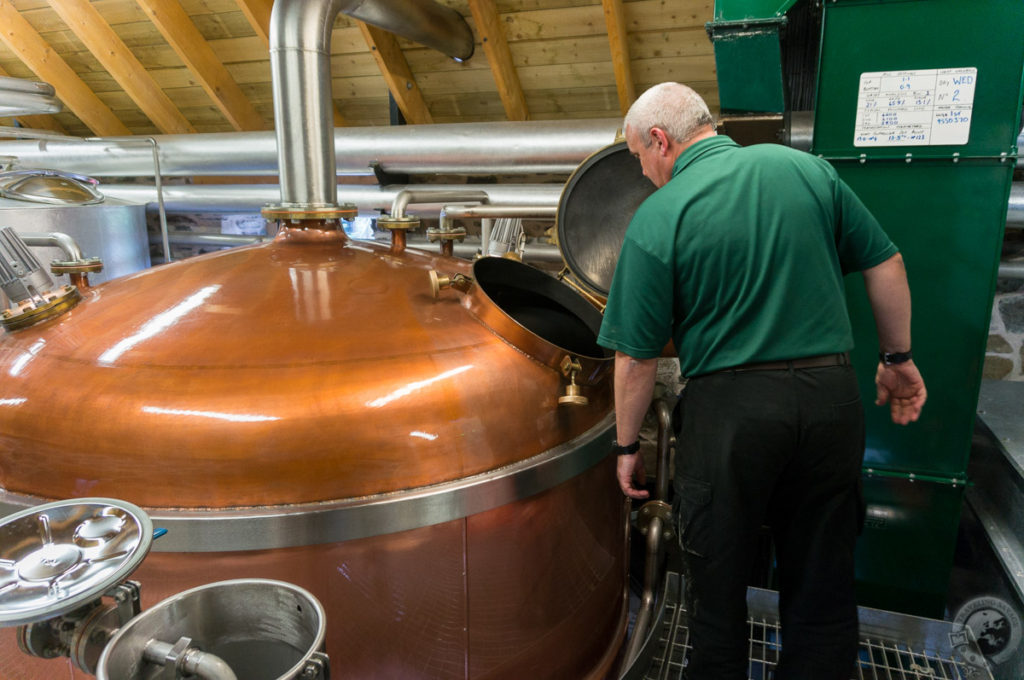
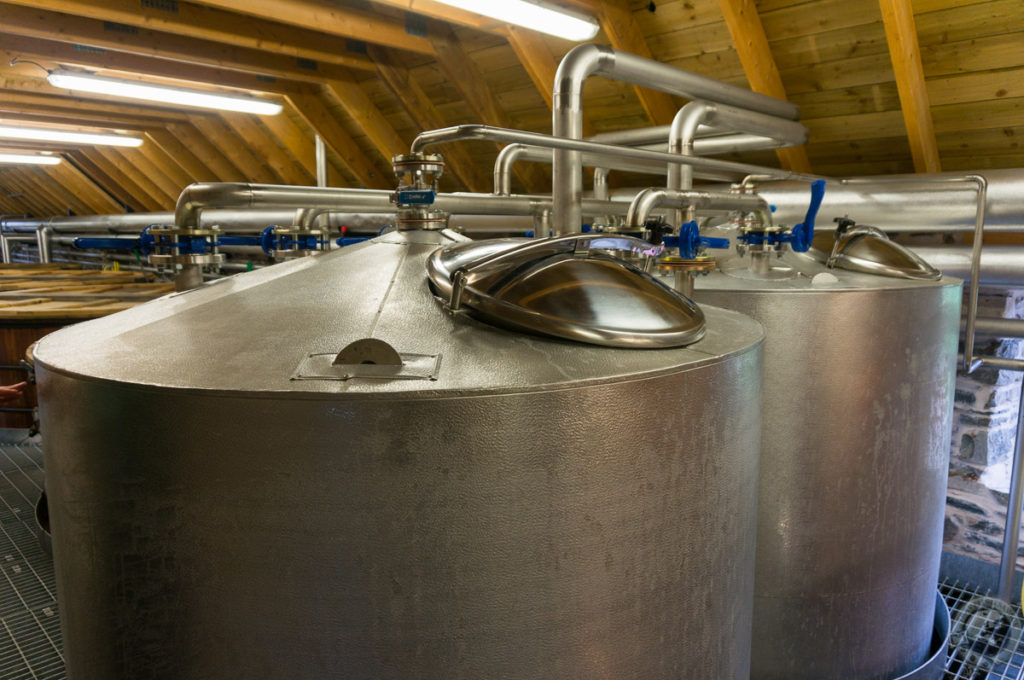
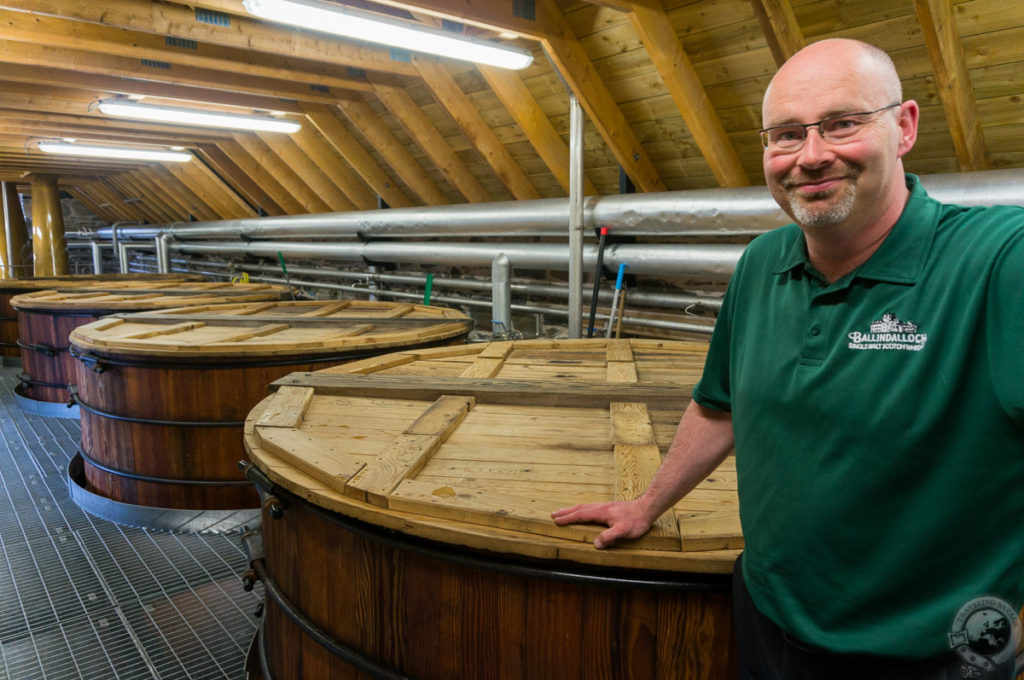
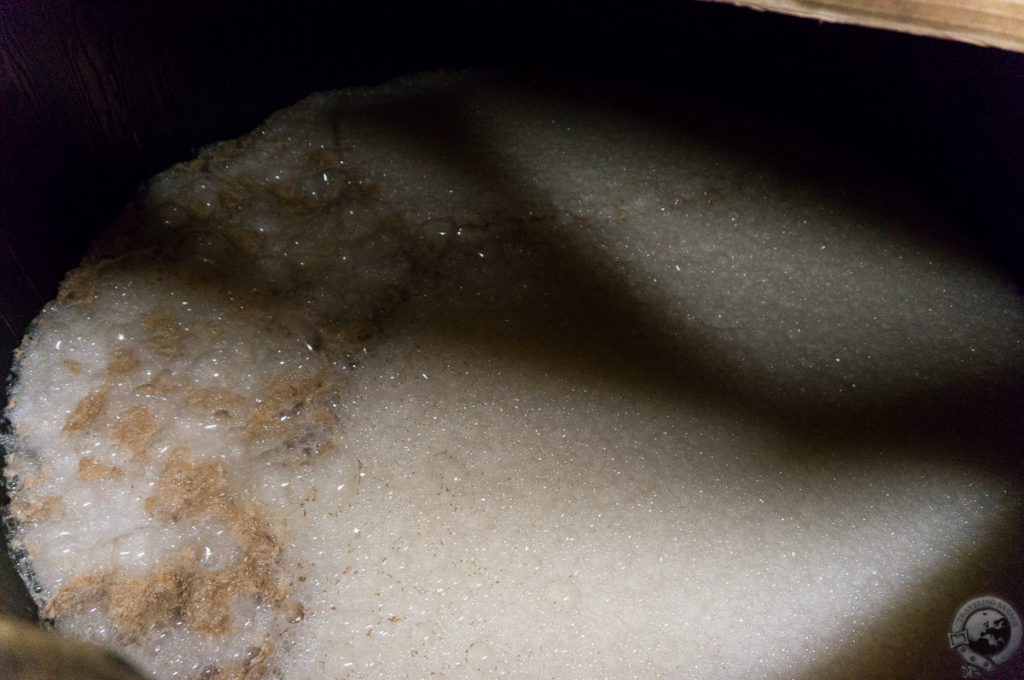
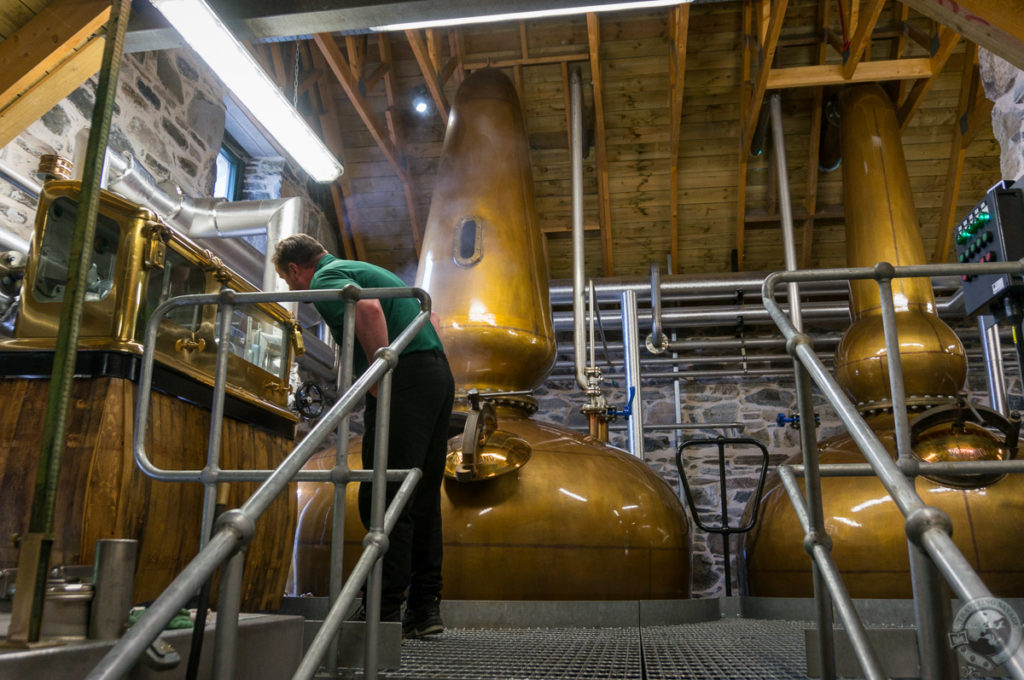
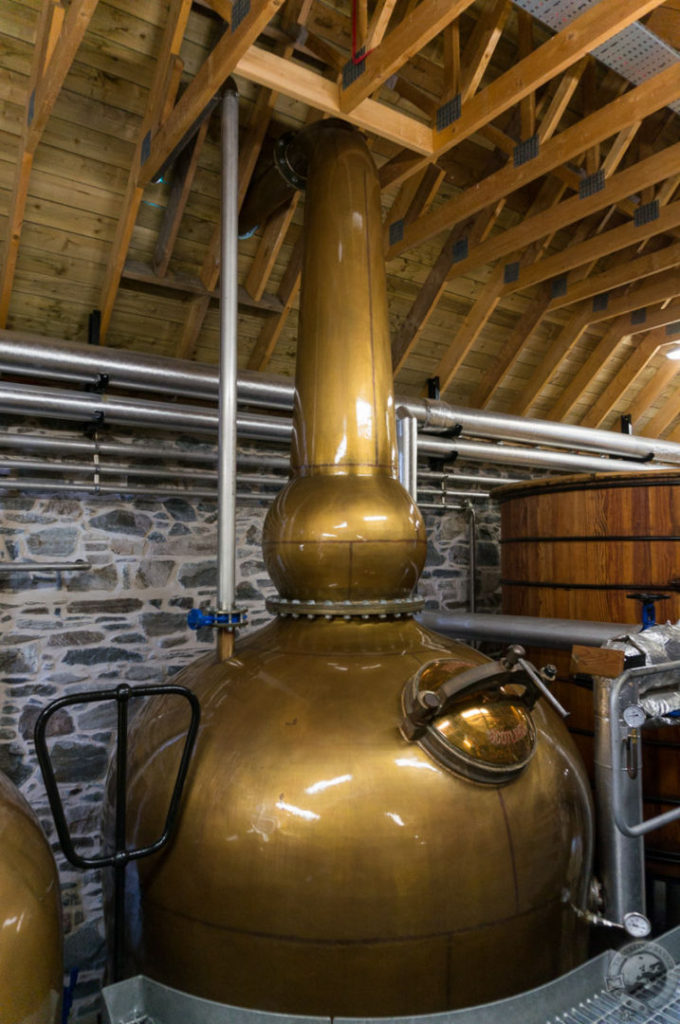
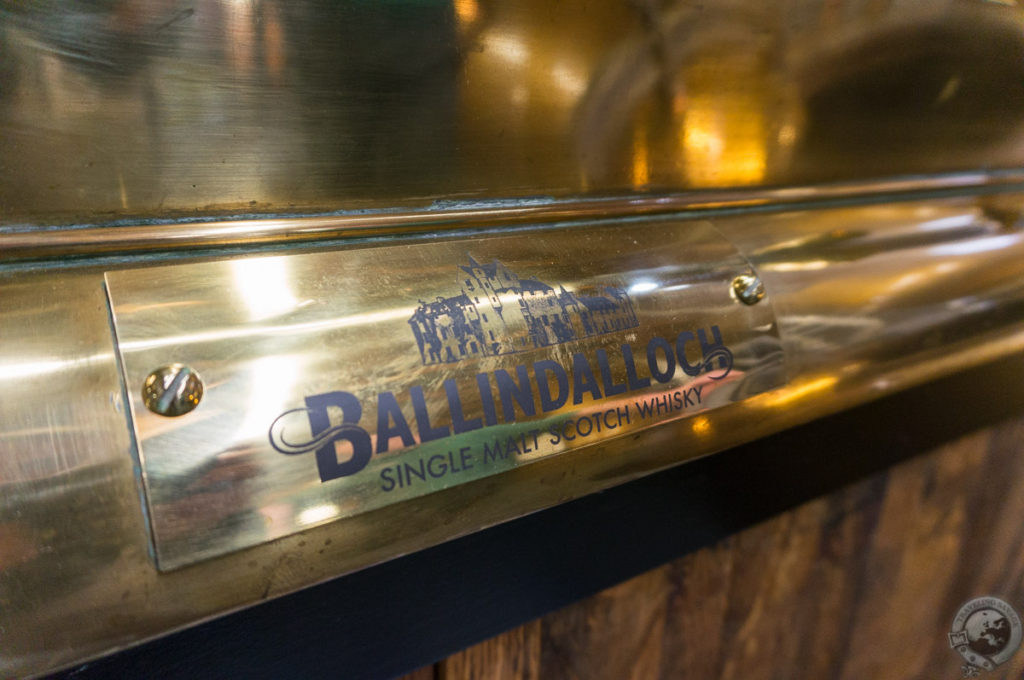
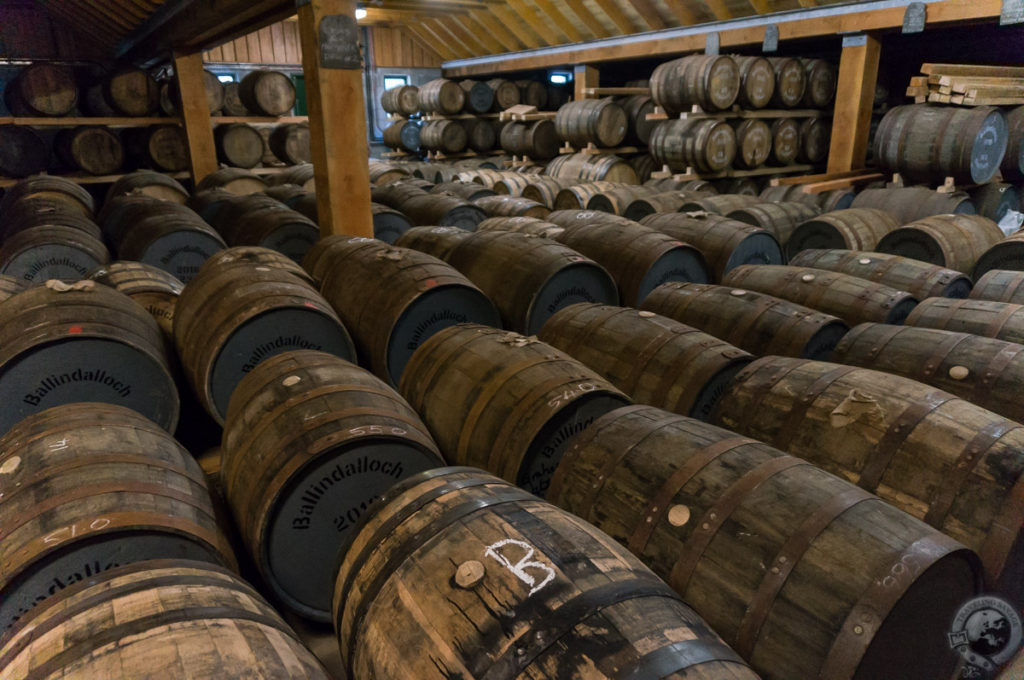
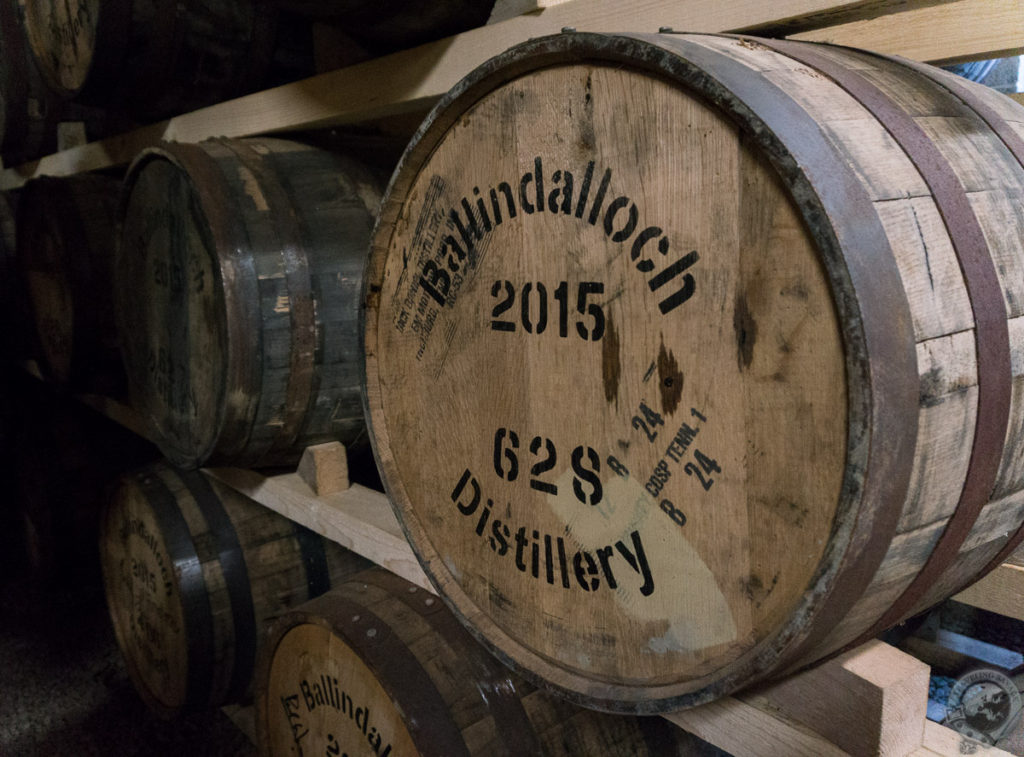

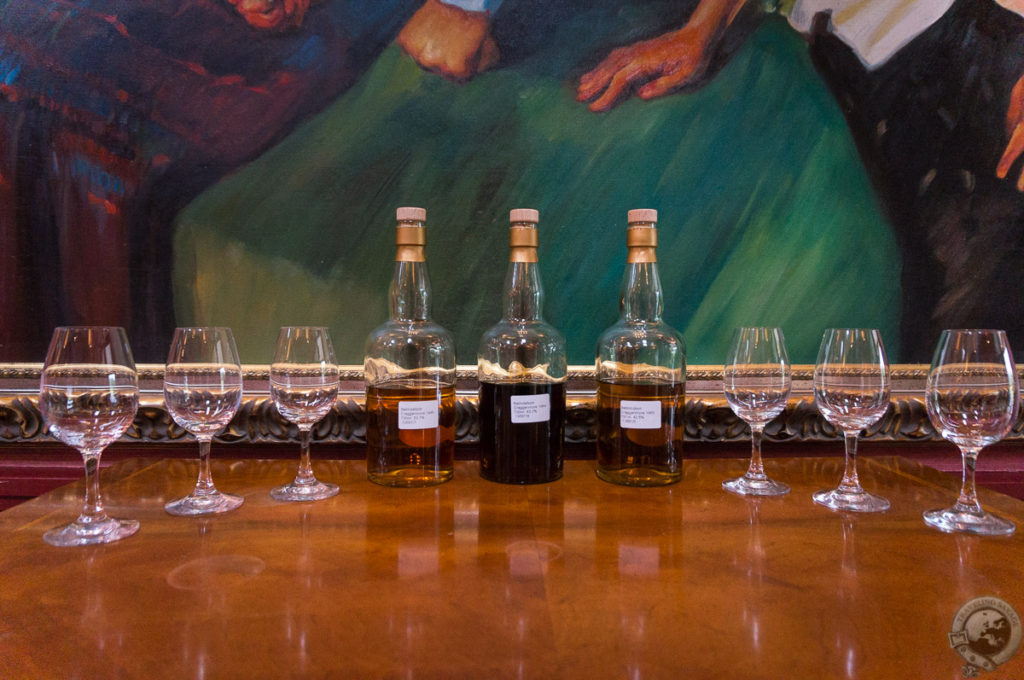
Wow! Looks like an unusual and very provocative distillery tour. I wonder if their production will allow us to see (and afford) this whisky in the USA?